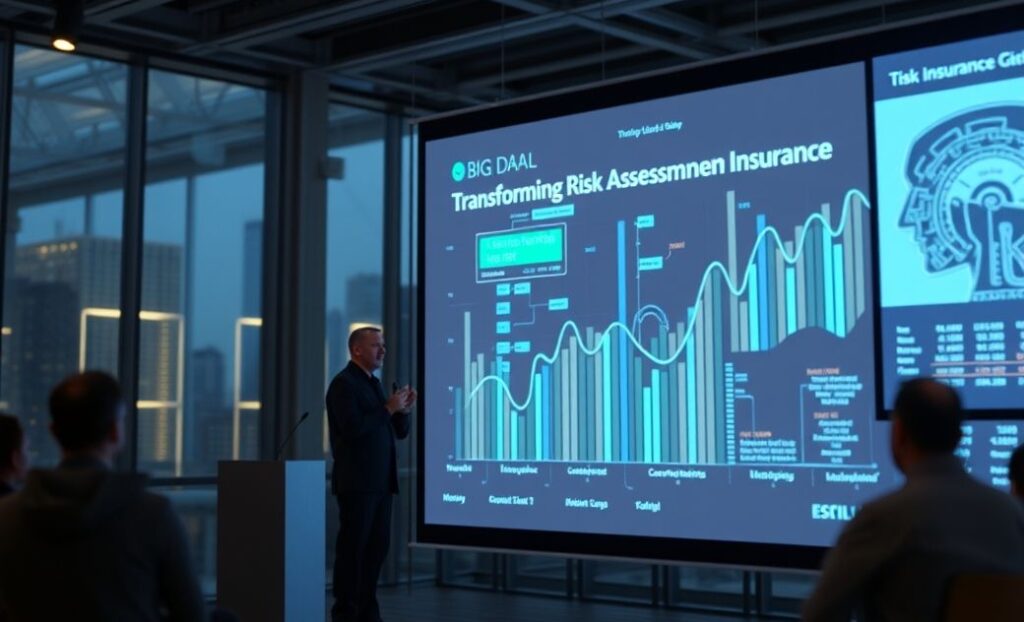In today’s rapidly evolving technological landscape, Artificial Intelligence (AI) and Big Data have joined forces to revolutionize numerous industries. Perhaps nowhere is this synergy more transformative than in the field of insurance. Insurers are leveraging these technologies to enhance risk assessment processes, offering more precise and personalized services to their clients. This advancement not only refines risk evaluation but also increases efficiency, reduces costs, and improves overall customer satisfaction.
The Role of AI in Risk Assessment
AI technologies, including machine learning and predictive analytics, are crucial in processing vast amounts of data with unprecedented speed and accuracy. This capability significantly enhances the insurance industry’s ability to assess risk.
Enhancing Data Analysis
Traditional risk assessment relied heavily on historical data and simplistic statistical models. AI, however, employs advanced algorithms to analyze patterns and correlations in complex datasets. This ability allows insurers to identify potential risks more comprehensively and accurately.
Automation and Efficiency
AI automates numerous tasks within the risk assessment process. From initial data collection to final risk evaluation, AI-powered tools handle repetitive tasks efficiently, reducing the potential for human error and freeing up resources for strategic decision-making.
Big Data’s Influence on Risk Management
Big Data provides the raw material that powers AI’s analytical capabilities. With an increasing volume of data generated from digital transactions, social media, IoT devices, and more, insurers have a wealth of information to draw upon.
Comprehensive Risk Profiles
With access to Big Data, insurers can construct more detailed and dynamic risk profiles. These profiles consider a wide array of data points, including behavioral insights and real-time data, resulting in a deeper understanding of policyholders.
Personalized Insurance Products
Big Data allows insurers to offer more personalized products that align closely with individual customer needs. By analyzing specific lifestyle and behavior data, insurers can tailor coverage options, ultimately leading to enhanced customer satisfaction and loyalty.
Challenges and Ethical Considerations
Despite the significant advantages, integrating AI and Big Data into risk assessments presents challenges, particularly concerning data privacy and ethical use.
Data Privacy Concerns
The collection and analysis of personal data raise questions about privacy and consent. Insurers must navigate these issues carefully, ensuring compliance with regulations like GDPR and maintaining transparent data practices.
Bias and Fairness
AI models and algorithms, if not carefully designed, can perpetuate biases present in historical data. Insurers must prioritize fairness and strive to build models that avoid discrimination, working towards equitable treatment of all policyholders.
The Future of Insurance Risk Assessment
As AI and Big Data technologies mature, the future of risk assessment in insurance is poised for further innovation and refinement.
Integration with IoT
The Internet of Things is expected to deepen its integration with insurance, providing even more granular data points for risk assessment. Real-time data from connected devices will likely enhance predictive models and risk strategies.
Expansion of Predictive Capabilities
Continued advancements in AI will lead to more sophisticated predictive analytics, enabling insurers to foresee potential risks with greater accuracy and develop more proactive solutions to mitigate them.
In conclusion, the transformative potential of AI and Big Data in reshaping risk assessment processes in insurance is both promising and challenging. If harnessed responsibly, these technologies can lead to a more efficient, fair, and customer-centric insurance landscape.
